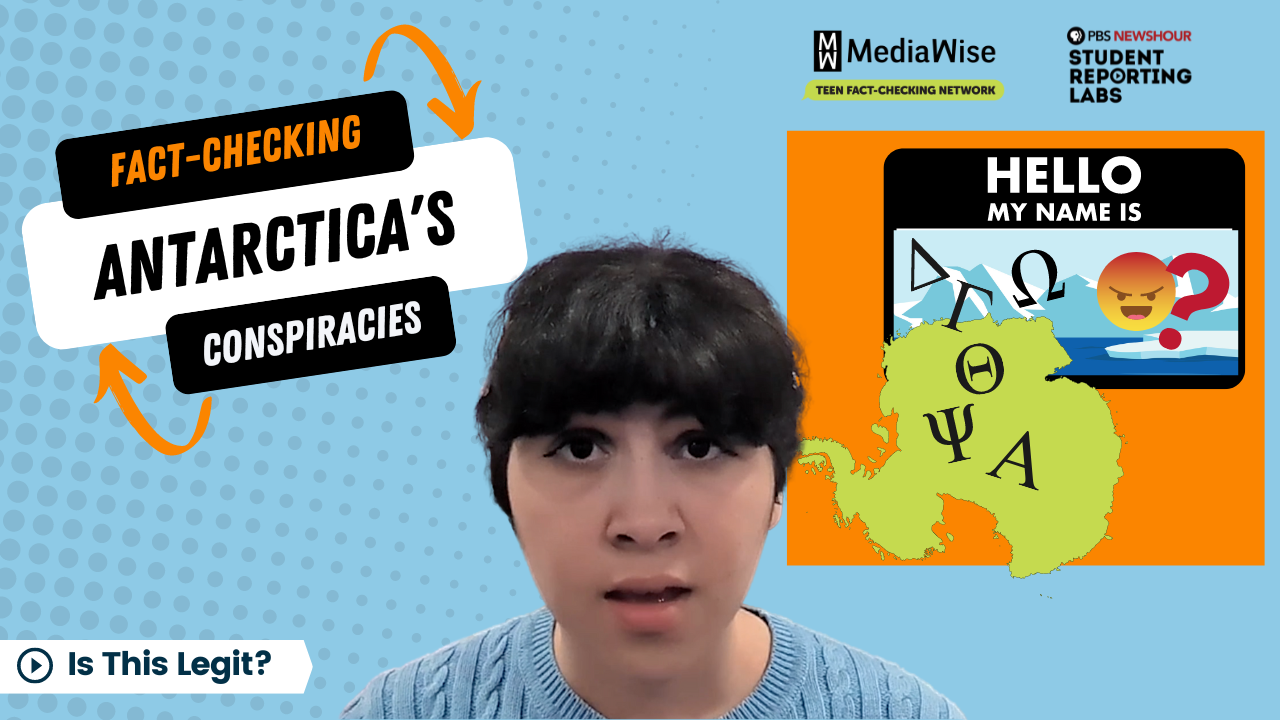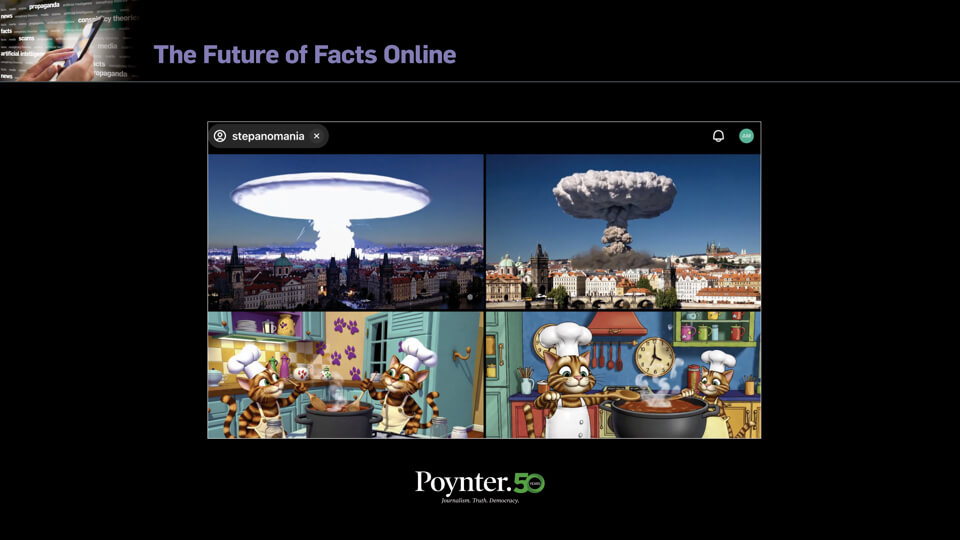With islands in Antarctica named Omicron and Deception and places named after billionaires like Rothschild and Rockefeller, some people, like this Redditor, believe this southernmost continent hides dark secrets.
Antarctica is about 5.5 million square miles, 98% of which is covered in ice. Because it’s so isolated, there are always a lot of rumors about it. This particular claim caught my eye, so I decided to do my own investigating.
Here’s how I fact-checked it:
Find trustworthy sources
I’m not familiar with Antarctica geography, so I first wanted to make sure that these places named in the Reddit post actually exist. I did a keyword search for Omicron Island and found some information from the Australian Antarctic Data Center, which pinpointed the location of the islands. The AADC says that the name “Omicron” in “Omicron Island” comes from the Greek alphabet letter.
Because I was unfamiliar with the AADC, I clicked on its about page. It says that its mission is to make all of Australia’s Antarctic data accessible and that the data they use is part of a larger meta-database. As a government site, their authority on the matter is clear. Random people on the internet can claim just about anything, so make sure the source you’re reading from is trustworthy.
Using another good source, the U.S. Geological Survey website, I was able to verify the existence of Rothschild Island and Rockefeller Plateau.
This is a good start, but what does it all mean?
As we found earlier, the name “Omicron” comes from the Greek alphabet. I also found out there are islands in Antarctica named Delta, Epsilon and Lambda. This is because scientists often use the Greek alphabet to name geographical locations. They are also used in math and engineering, for naming hurricanes and even for naming coronavirus variants.
The islands named after billionaires have similar innocuous explanations. Both are named after prominent billionaire families who funded many scientific investigations, including those to Antarctica.The Rothschild family helped fund Ernest Shackleton’s Antarctic expeditions while John Rockefeller Jr. helped fund the Richard E. Byrd expeditions to Antarctica that discovered the plateau — both in the early 1900s.
Other conspiracies
This Reddit post is part of a number of persistent conspiracy theories surrounding Antarctica. Why these theories are so prevalent is debatable, but a lot of people think it’s because the place is so isolated. Not a lot of people have been there, so it is a perfect breeding ground for these types of claims.
Here are some other wacky claims about the Antarctic:
- It has “an entrance to a different world” — a “mythic land” with green forests, giant animals and “extraterrestrial technologies.”
- A video shows Antarctica not covered in ice, but with green vegetation and brick buildings.
- Capsules containing “ancestors” were found beneath its ice.
Fact-checkers have debunked all of these.
Ask the “Three Questions”
While it can be tempting to take claims like these at face value, when confronted with them, first ask yourself these three questions developed by the Stanford History Education Group:
- Who is behind the information? Do some research on the people making these claims. What are their credentials? Are they experts in their fields? This example we looked into is from Reddit. Even though most Redditors use anonymous usernames, you can click on their profile to find out quite a bit. We can see PalatableMahogany spends quite a bit of time posting in the subreddit r/conspiracy. You can check the sidebar to find out more about that subreddit. It says “We hope to challenge issues which have captured the public’s imagination, from JFK and UFOs to 9/11.” That doesn’t really sound legit.
- What is the evidence? Do the claims link to credible scientific research? Head directly to a primary source — if there is one — to get the unfiltered facts.
- What do other sources say? Do a keyword search and find out what other credible sites are saying about the topic.
Rating
Not legit: While it’s true that there are places in Antarctica called Omicron, Deception, Delta, Rothschild and Rockefeller, that doesn’t mean there are any dark, scary conspiracies happening there. There are harmless, easily explained reasons for why these names are used. Understanding the context behind these names helps us verify the truth of claims like these.
NOTE TO TEACHERS: This article is featured in a free, one-hour lesson plan that teaches students how to find trustworthy sources to fact-check conspiracy theories. The lesson is available through PBS LearningMedia, and includes a lesson summary and a handout, among other resources.






